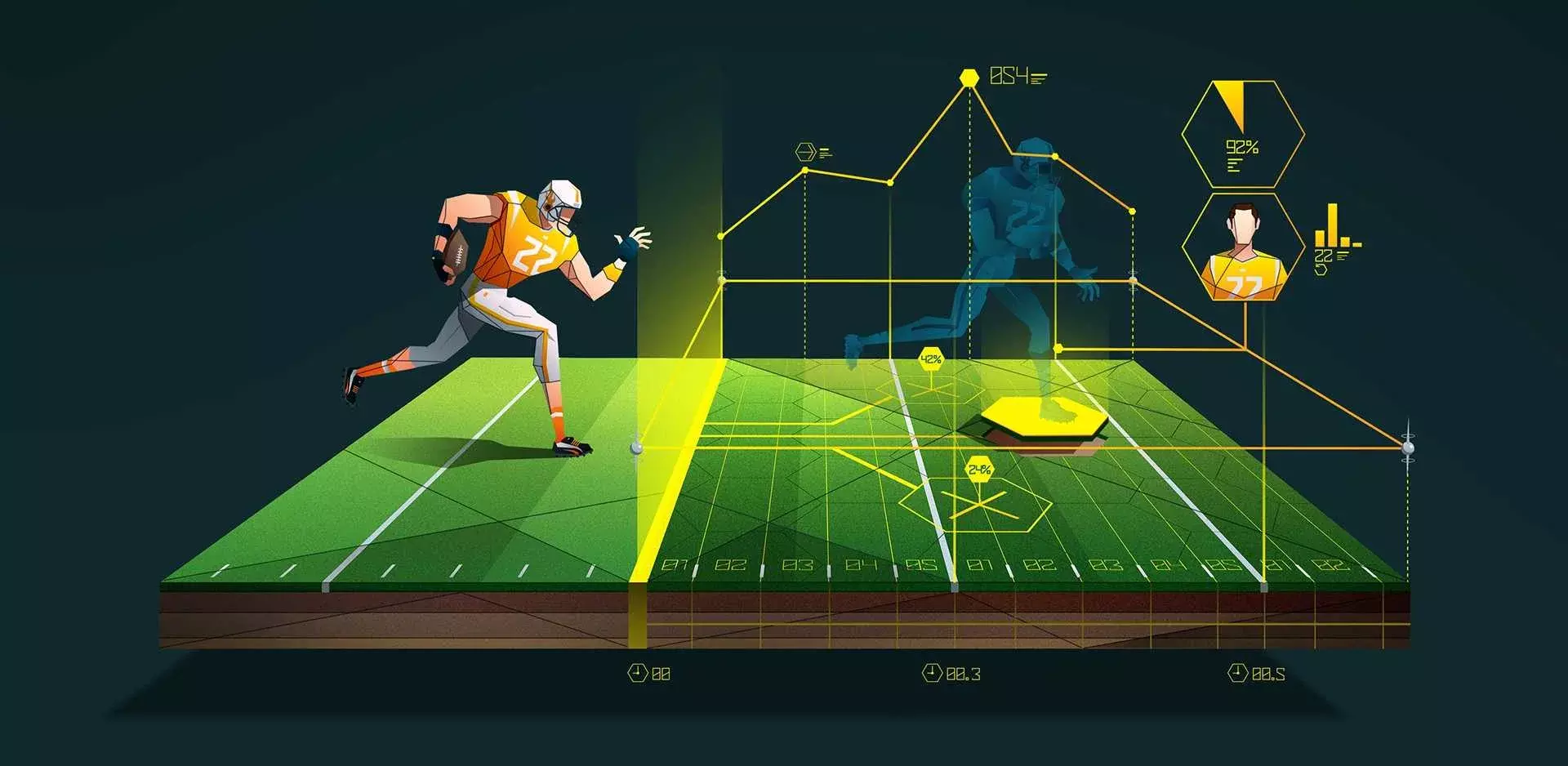How Technology is Revolutionizing the Future of Sports Training
Technology is transforming sports training, offering athletes and coaches innovative tools to enhance performance, reduce injuries, and gain a competitive edge. From advanced analytics to virtual reality, technological advancements are reshaping how training is conducted and improving outcomes across various sports. This article explores how technology is revolutionizing the future of sports training and the key innovations driving these changes.
Blending Local Interest with Global Digital Trends
As readers stay informed on regional news and lifestyle trends, many are also turning to immersive online experiences like live dealer casino games. These platforms offer a new form of interactive entertainment that resonates with today’s digitally connected audience.
Data Analytics and Performance Tracking
Advanced Analytics
Data analytics plays a crucial role in modern sports training. By analyzing vast amounts of data, athletes and coaches can gain insights into performance and make informed decisions. Key applications include:
- Performance Metrics: Technologies like GPS trackers and accelerometers provide detailed data on speed, distance, and movement patterns, helping athletes understand their strengths and weaknesses.
- Biomechanical Analysis: Motion capture systems analyze the biomechanics of athletes, identifying areas for improvement in technique and form to enhance performance and prevent injuries.
Wearable Technology
Wearable devices have become integral to sports training, offering real-time data and insights. These devices include:
- Smartwatches and Fitness Trackers: Monitor heart rate, sleep patterns, and activity levels, helping athletes optimize their training and recovery.
- Heart Rate Monitors: Track cardiovascular performance and adjust training intensity based on heart rate zones.
Virtual Reality and Simulation
Immersive Training Experiences
Virtual reality (VR) and simulation technologies provide immersive training experiences that can replicate real-game scenarios. Applications include:
- Skill Development: VR environments allow athletes to practice specific skills and techniques in a controlled setting, improving their response to various game situations.
- Mental Rehearsal: Athletes can use VR to mentally rehearse plays and strategies, enhancing focus and performance under pressure.
Injury Rehabilitation
VR technology is also used in rehabilitation, offering engaging and effective methods for recovering from injuries. VR-based rehabilitation programs can simulate functional movements and gradually increase intensity, aiding in faster and more efficient recovery.
Artificial Intelligence and Machine Learning
Personalized Training Programs
Artificial intelligence (AI) and machine learning algorithms are used to create personalized training programs tailored to individual athletes’ needs. These technologies analyze data from various sources, including previous performance, injury history, and training responses, to:
- Optimize Workouts: AI algorithms recommend adjustments to training intensity, volume, and recovery based on real-time data and predictive models.
- Enhance Technique: Machine learning systems identify patterns and provide feedback on technique and form, helping athletes refine their skills.
Injury Prevention
AI-driven tools help predict and prevent injuries by analyzing data on movement patterns, load, and biomechanics. By identifying potential risk factors, these tools allow for proactive adjustments to training regimens and preventive measures.

Enhanced Video Analysis
Game and Practice Review
Video analysis technology has revolutionized how athletes and coaches review performance. High-definition cameras and software tools enable:
- Detailed Breakdown: Coaches and athletes can review footage frame-by-frame to analyze technique, decision-making, and strategy execution.
- Tactical Adjustments: Video analysis helps identify tactical patterns and areas for improvement, leading to more effective game plans and strategies.
Real-Time Feedback
Some systems offer real-time video analysis during training sessions, allowing athletes to receive immediate feedback and make adjustments on the spot.
Smart Equipment and Facilities
Technologically Advanced Gear
Smart equipment and facilities are enhancing training efficiency and effectiveness. Examples include:
- Smart Balls and Rackets: These devices measure parameters such as speed, spin, and impact force, providing insights into technique and performance.
- High-Tech Training Facilities: Facilities equipped with advanced technology, such as automated strength machines and motion sensors, offer a comprehensive training environment tailored to athletes’ needs.
Environmental Monitoring
Technology is also used to monitor and optimize training environments. Climate control systems and air quality sensors ensure that training conditions are ideal for performance and recovery.
Beyond Local News
KootenaiValleyTimes.com keeps you informed about local events, but online entertainment offers a different kind of experience. For those seeking casino games, explore real money online roulette. Discover more than just local news and community updates.
Conclusion
Technology is driving significant advancements in sports training, offering tools and solutions that enhance performance, prevent injuries, and provide valuable insights. From data analytics and wearable technology to virtual reality and artificial intelligence, these innovations are shaping the future of sports training. By embracing these technologies, athletes and coaches can achieve new levels of performance and efficiency, revolutionizing how sports training is approached.


